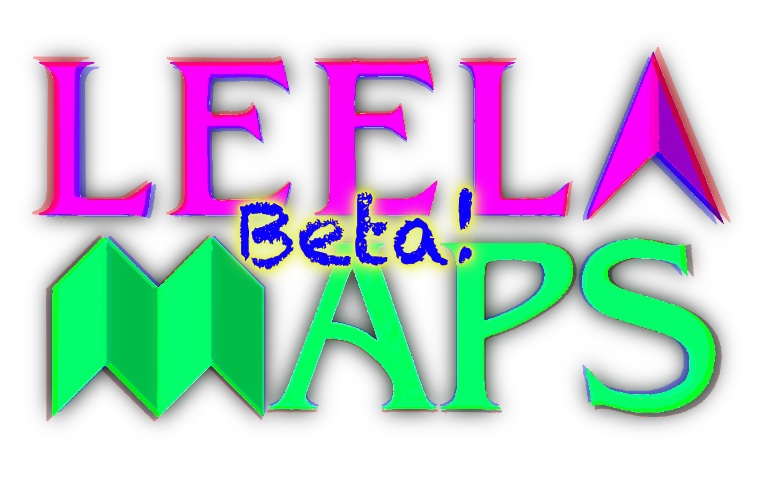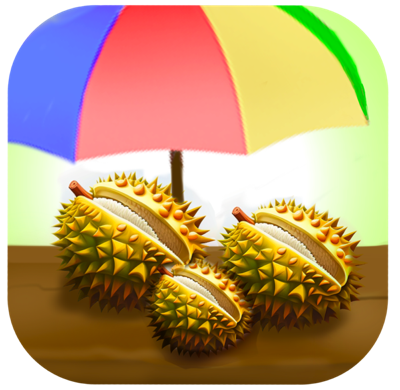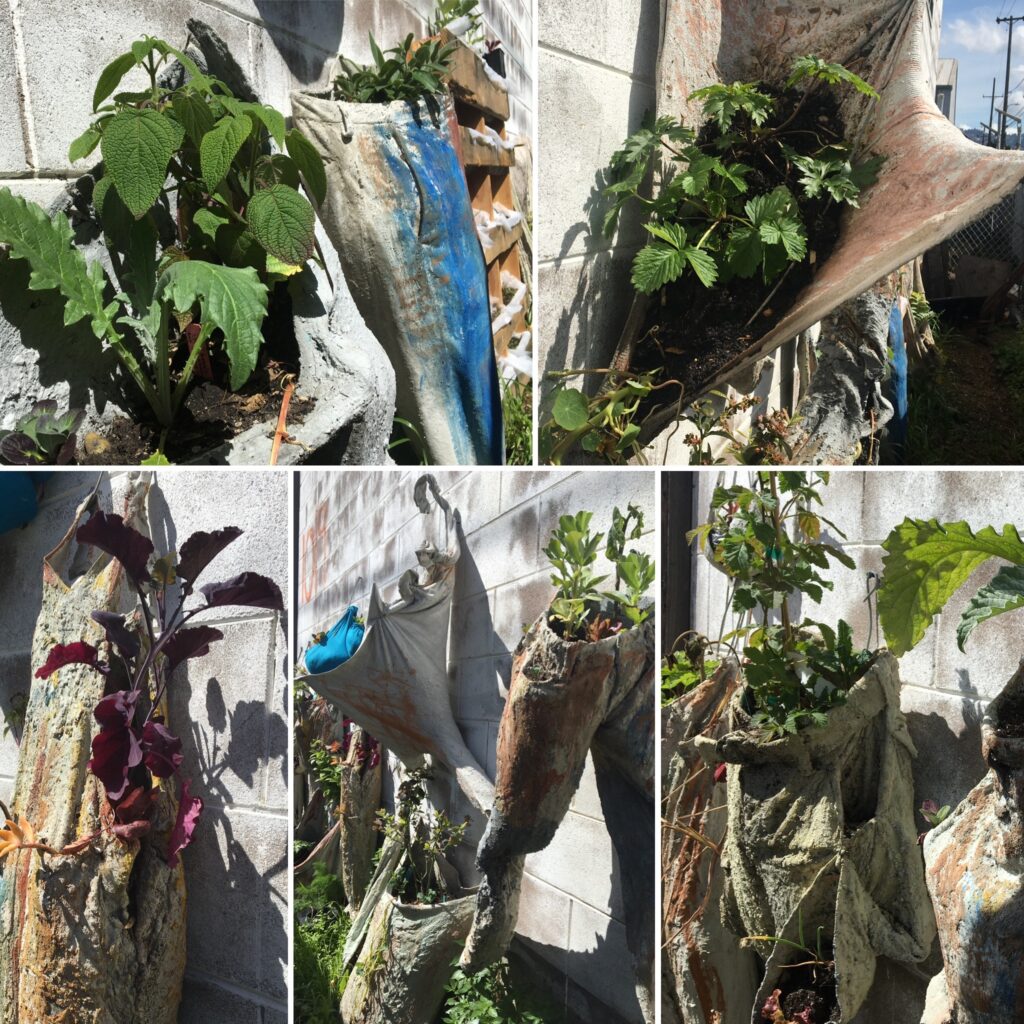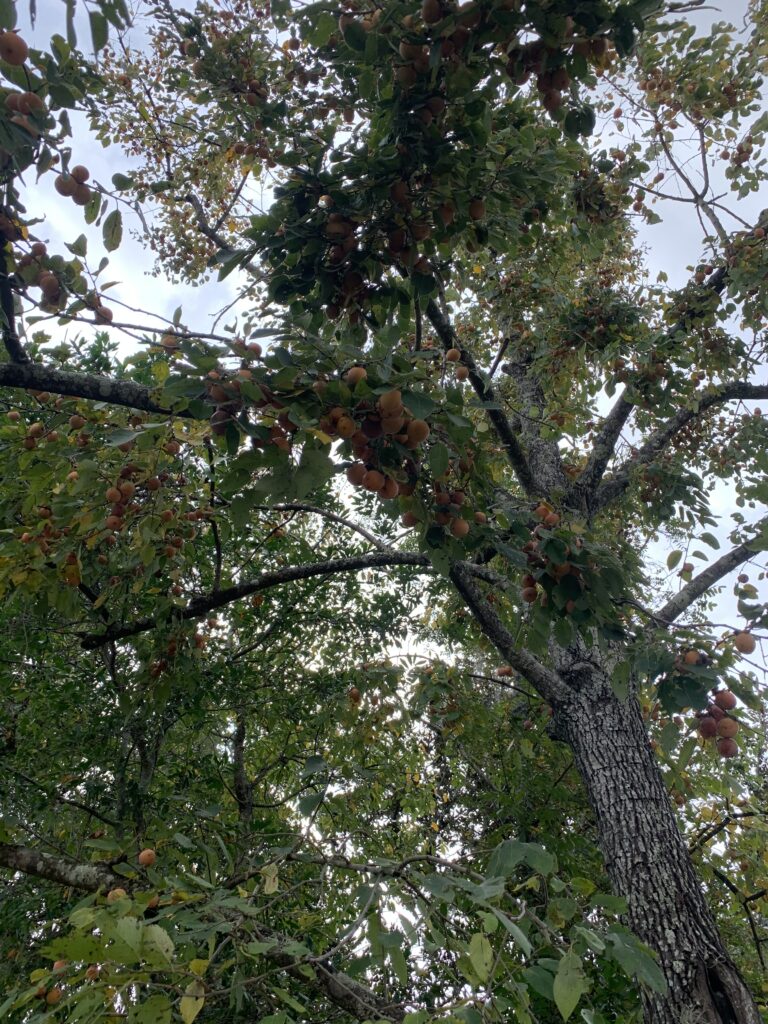
Home



















































































































































































































































































































































































































































































































































































































































































































































































LeelaMaps is a map notes platform.
Right now, I, Leela, am the maintainer of the site.
I am a very busy person, so I can’t guarantee the quality of content.
Even so, this is a helpful tool for sharing community information.
Give it a try:
Add ➕ points on this map!
Follow these simple steps to save LeelaMaps to your homescreen for quick access. Your current search filters will be saved, making it easy to pick up right where you left off.
Open Safari:
Tap the Share Button:
Add to Home Screen:
Confirm:
Done:
Open Chrome:
Open the Menu:
Add to Home Screen:
Confirm:
Done:
Share information about what is at this location.
A wide range of style options are available via the control panel button above.
You can add an image to any line by selecting where in the content you want the image to go and tap “Insert Photo.” You can also add a photo that is hosted elsewhere by selecting “Insert/edit image,” the first button in the expanded style menu.
By default, added images will link to the raw image. You can remove or change the link by tapping the image and selecting “Insert/edit link,” the second button.
“Undo” and “Redo” buttons help manage changes in your content.
Embed a YouTube video by copy-pasting the link onto a separate line. Links are in the format of “https://youtu.be/[id_number],” so links to YouTube shorts have to be modified to work.
Please make sure that the alternate map location is on neutral or public land.
Selecting a location is a critical part of a successful post.
If you want to keep the exact location private, select a nearby spot.
Please make sure that the alternate map location is on neutral or public land.
EcoPizza: traditional & fusion cuisine
Salad: locally grown greens, various veg, fruits : sweet salty fatty starchy; please share any homegrown veggies!
Fruit: fruit tastings; please share any homegrown fruits!
Seeds: Free library, swap your extras!
Music: Jam circle of local artists
Workshops: Biochar remediation, freeform stretching
| By Bravo |
Modified on November 29th, 2025 at 7:03 am November 28, 2025 at 5:45 pm |
I suggest having a Peace of Pizza event here. At least the first time, and depending on turnout, we can go without booking it. However, it’s largely exposed and infeasible to garden at this time.
I would definitely love to collaborate with the bimonthly singing bowls and weekly acroyoga.
| By leela |
Modified on November 27th, 2025 at 5:40 am November 27, 2025 at 5:39 am |
Tao picked a spot.
Approximate ingredients:
Blend in a small blender until smooth
We’ll be at Market on Main St on Saturdays!
Meet the farmers and greet the artists as you shop at our outdoor market, each week on Sundays. Seasonal fresh produce is on display, along with baked goods, and homemade products. Check our social media pages for any updates to the scheduled markets.
Inside the Rum 138 shop, you can rent or buy paddling equipment and gear, find local fine art and jewelry depicting the Florida Springs. Remember to purchase a Rum 138 T-shirt!
🌾 FOOD GIVEAWAY ALERT: No One Left Hungry! 🇺🇸
With the expected pause on SNAP Benefits (Food Stamps), we’re stepping up to make sure our community stays fed and supported.
🍎 Take What You Need Tuesdays
📍 UR Life Metroplex, 3575 NE 15th Street, Gainesville, FL
🕘 Every Tuesday | 9AM–11AM
No forms, no stress — just love and support. Come pick up fresh produce, groceries, and household essentials provided by Bread of the Mighty and Community Impact Corporation.
💙 PLUS — A Very Special Event Coming Up!
Join us for our Veterans & Senior Caregivers Fair
📅 Veteran’s Day, Tuesday, November 11th, 2025
🕘 9AM–12 Noon | Upper Room Ministries
We’ll be honoring Veterans, Seniors, and Caregivers — and giving away a DOUBLE TRUCK LOAD of FREE groceries to attendees!
Together, we strengthen our community and remind each other that we’re truly better when we stand together. ❤️
📞 Info: 352-264-0006 | 📧 Info@urwelcomehere.org
#GainesvilleCares #CommunityImpact #BreadOfTheMighty #VeteransDay #TakeWhatYouNeed #URLife #UpperRoomMinistries #FreeGroceries #SNAPSupport #WeStandTogether
@followers @highlights @urwelcomehere3575 @urwelcomehere @ur_youth
https://youtube.com/shorts/x5WvMVT6c2k?si=NZeYAEqU6jtGnaKg
https://youtube.com/shorts/Qj1eT7bSR1E?si=0UPKuzhbvVDH8IIH
https://youtube.com/shorts/4MYGrEsTRE4?si=BoYr3Q_5anLMz2Y2
I noticed that the folk who visit this super epic diving spot (check visibility first) are disproportionately attractive. Of course by sharing this, we don’t want to dilute the pretty or overcrowd the small deck, so I suggest infrequent visits and courteous behavior. Check out the watery abyss!
| By leela |
Modified on November 6th, 2025 at 6:25 am November 6, 2025 at 6:22 am |
Join GSD for FREE swing dancing every Thursday in a beautiful, air-conditioned, historic dance hall with hardwood floors! Join us for an evening filled with music and dancing in a welcoming and inclusive environment!
📅 Event Details:
Address: Rosa B. Williams Center
524 NW 1st St, Gainesville 32601
Time: Thursdays, 7:30 PM - 10:30 PM
Beginner & Intermediate Lessons: 7:30 PM - 8:30 PM
No partner or experience needed!
🚗 Parking:
Free street parking is available in front of or beside the building, as well as in the nearby Friends of the Library lot.
🎟️ Admission:
FREE! Donations encouraged via cash or Venmo.
📱 Connect with Us on Our Website:
https://gainesvilleswingdancing.square.site/
📞 Contact Us:
SwingDancing.Gainesville@gmail.com
(352) 246-4525
| By leela |
Modified on November 4th, 2025 at 3:01 pm November 4, 2025 at 1:08 pm |

“Dancing Plants in Pants” test garden at All Power Labs, made in 2019 over a couple of workshops- first was led by Michael Collins, with Olivia and me/Leela in attendance. Second was led by me, with some friends from All Power Labs.
The dry, sun-beaten location and difficulty to irrigate the irregular structures devastated this garden. Great experiment, though!
To achieve sustainability, must inhabit land that grows our natural nourishment. Occupy this land, enjoy durian and grow it everywhere among plants that support its dominion.
| By Adventures |
Modified on November 3rd, 2025 at 2:12 pm November 3, 2025 at 2:11 pm |
| By leela |
Modified on October 31st, 2025 at 4:58 pm October 31, 2025 at 4:57 pm |
Monday - 10:00 AM - 1:00 PM
Wednesday - 10:00 AM - 1:00 PM
Thursday - 5:00 PM - 7:00 PM
Services:
Oak Park Baptist Church Food Ministry helps alleviate hunger in the community in an environment of respect, care and hospitality.
This program provides:
-Food to meet basic nutritional needs
Food distribution takes place on the last Friday of each month 9:00 a.m. to 11:00 a.m. except for November and December. Food is distributed on the Friday before Thanksgiving and the Friday before Christmas Day.
The Children's Table provides temporary emergency food and supplemental food to anyone in need of assistance. They help address the needs of low-income individuals and households that lack a reliable access to affordable, nutritious food and may experience hunger on a regular basis.
This program provides:
- Nutritious food
The distribution occurs at several sites throughout the service area. Please call to confirm times and locations. Announcement of distributions can also be found via the Facebook page.
Contact: 352-486-6525
Hitchcock Field and Fork Pantry provides quality food items to all members of the university of Florida Community experiencing food insecurity. This program supplies critical nutrition to hungry individuals and families.
This program provides:
- Food to meet basic nutritional needs
There is no proof-of-need required to shop at the Pantry, but please bring your physical Gator 1 Card when you visit.
Sunday: Closed
Monday: 12:00 PM - 6:00 PM EDT
Tuesday: 10:00 AM - 4:00 PM EDT
Wednesday: Closed
Thursday: 10:00 AM - 4:00 PM EDT
Friday: 10:00 AM - 4:00 PM EDT
Saturday: Closed
For more info call 352-294-3601
Rural Mobile Food Outreach Program serves the five rural counties surrounding the Gainesville area. Our program coordinator and volunteers bring food; personal care products, pet foods and other necessities to people in these areas who cannot make the journey into town. The people most impacted by poverty in the rural communities are the elderly and children. Our support helps them meet their basic needs. Special bags are distributed during the year for back to school and the holidays. The back to school packs are filled the necessary school supplies needed for a successful learning experience and to help children start the year off right.
Call 352-372-0294
Calendar on website
"HealthStreet is a community engagement program at the University of Florida that aims to improve the health of the community by bridging gaps in healthcare and health research. HealthStreet provides community members with a variety of services, classes and events that help to pursue better health, and opportunities to participate in research.
This program provides:
- Health Screenings
- Confidential HIV Testing and Counseling
- Health Workshops
- Clothing Closet
- Toiletry Pantry
- Food Pantry
- Classes
- Weekly and Monthly Support Groups, Clinics and Health Education Events
- Health and Social Services Referrals
- Health Research Opportunities"
| By leela |
Modified on November 4th, 2025 at 1:09 pm October 28, 2025 at 3:14 pm |
| By leela |
Modified on October 28th, 2025 at 5:17 pm October 27, 2025 at 6:14 pm |
The library in Newberry has a modest seed library with small seed packs of diverse edible, ornamental & wild plants.
The range of seeds has expanded well past what is pictured.
There tends to be an influx of seeds at the start of peak growing seasons. The sources range from conventional farmed to local heirloom.
Visitors are welcome to take 10 packs of seeds per day, as long as you tell library staff at the desk (they don’t check library cards).
The Trenton Library has a lot of vacant land that should be growing food, and teaching people how to do so at home.
Within the Trenton Library, Gilchrist County residents can get seed packs once per season.
| By leela |
Modified on November 9th, 2025 at 3:47 pm October 22, 2025 at 2:26 pm |
fruit tree, persimmon, Unexpected Fruit Tree, Wild Fruit Tree
Craig Hepworth:
"The ‘Turkey Lake’ tree in Gainesville was planted in 2002, and it has grown to a large size. Every autumn it produces abundant crops of fruit over a long period – most years you should find some ripe fruits if you visit any time from late August through the middle of December. (The very earliest fruits to drop sometimes don’t taste quite as rich as the ones which ripen from October onward). If you’re in the North Florida area, this is a good opportunity to experience what a really good form of American persimmon tastes like. I consider fruits of this species to be one of autumn’s finest treats."
Craig selected this variety of wild American persimmon, due to its size & flavor, and propagated it here.
Visiting the ‘Turkey Lake’ tree in Gainesville:
The tree is located in Dreamer’s Garden, a city of Gainesville community garden located at the intersection of NW 10th Ave and NW 4th St. There’s easy parking across the street in the Earth Pets plaza (you can stop in at the store to pick up some eco-friendly treats for your furry companions while visiting the persimmon tree.)
Leela:
Thanks for the tip, Craig!
To other folks: bring a fruit picker or long tool that can trim off a laden branch. There are two of these trees and one can be climbed but requires long reach even up there. The fruits are astringent when unripe. Ripe when absolutely gooey. The fallen fruits are perfect but will have a spot of dirt to pick off. There are apparently more of these trees within the garden nearby.
I’ve heard from an eyewitness that there is a bomb testing facility somewhere within the Ocala National Forest.
residents sprayed with cadmium

Customize your search.

Add a new note to the map.

Toggle between local & global results.

Clear search filters.

View list of notes.